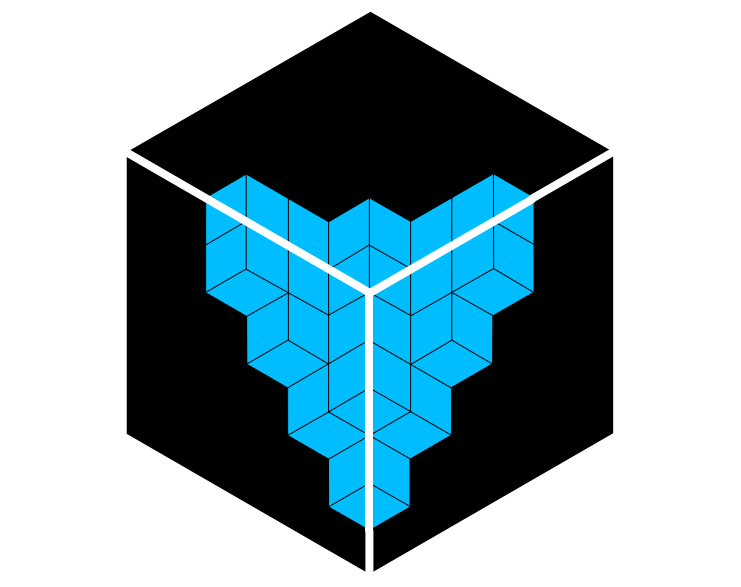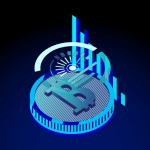Back to School: opportunities and focal points for EdTech startups
Author: Xinyue SU
Estimated reading time: 7 min
Tired of reading? Let our lovely AI Amy read it for you:
Introduction
If there are any areas of human endeavor that indicate the future, technology and education are at the top of the list. In fact, EdTech is growing, with the total market value worldwide set to reach $252 billion by 2020. The classroom connectivity gap is now closed. 99 percent of schools nationwide are on scalable connections with a clear path to delivering enough bandwidth for digital learning in every classroom, every day. Education is grossly under digitized compared with other sectors, with less than 3% of expenditure on technology.
In 2018, digital education investments reached a total of $142 billion worldwide, and are expected to increase to a total of $342 billion by 2025. Advanced technology learning and education applications will start to hit their strides by 2025 with augmented and virtual reality and artificial intelligence becoming more integrated into core education delivery and learning processes, most likely starting in the corporate and non-accredited sectors.
Tech’s role in education
Technology is making education enter a new learning path where technology itself is the means to incorporate not only knowledge but also skills in a learning acquisition process. Being a methodologist, in this scenario, professionals face the challenge of mastering not only contents, learning targets, and outcomes— but also: technical tools, programs, and a whole range of possibilities provided to them; an overwhelming—but fascinating— scenario.
The abundance of information and the easy access that technology provides has forced educators to shift from the traditional model. Understanding that technology is a tool, and not by itself the driver of innovation, education is focusing on a student-centered model where the role of the educator has changed to become a facilitator and curator of information. Also, the education model is changing from teaching what to learn, to teaching how to learn. The educational spaces are also changing, from a place of receiving information to a place where they can explore their curiosity, collaborate with others, be creative, and experiment with real-world applications. This is with the goal to prepare students to become solvers of complex problems.
Literacy education: for a post-text dominant, TikTok infatuated world
Simply stated, the state of people expressing and communicating through language that no longer reflects absolute faith in the supremacy and omnipotence of text as the most effective and impactful manifestation of communication; a belief that was universally held a mere decade ago. We’ve moved on; and hopefully Education will embrace and accommodate this new understanding and find a new status and role for text.
For one thing, if the world around the students is going to deeply and increasingly engage in literacy that makes use of other means than text, there is very good reason to teach the more recently and increasingly popular digital means of communication and expression. These media formats and applications are already in place in many classrooms, although most strongly in the guise of students’ passive consumption of content. In other words, in the world of schools, a world in which hard copy texts are still present to a high degree, publishers as well as a number of hands-on educator users supplement and enrich hard copy materials with digital audio, video, and graphic media items. A good thing, but when viewed against the backdrop of the reality of the current state of the universe of Literacy; realistically, a token effort. What’s very largely absent in the majority of classrooms is the creation of these items as the day in /day out work of learners. What’s actually done currently is that in all but the more advanced classrooms, on occasion students’ usual, routine work is set aside in favor of
such work that is considered as a special project…
Recent youth technology use has been marked by much fascination and buzz around the things like the hyper-popular app TikTok, which was the most downloaded app worldwide in the year of its release, 2018. This trajectory of popularity continues.
TikTok’s appeal is its usefulness in what youth perceive as the legitimizing dimension of personal recognition through participation in digital media. Of course, it is inevitable, though, that individuals will emerge who put this remarkable resource to other, higher purposes.
TikTok’s popularity is a good example of how our world continues to gravitate toward other-than-text communication media. In a nutshell, TikTok enables its community of users to create, upload, and appreciate short video messages, as well as follow, message, comment, do all of the standard social media things, around them.
For one thing, the app is very easy to use with intuitive features that make formerly challenging content generation, enhancement and editing chores easy to perform. The quality of product one can create is very impressive as is the app’s ease of navigation. One can launch, shoot video, edit and upload in a smooth continuum of quick and easy-to accomplish moves.
Smart, responsible educators will accept this shift as they figure out its dimensions and their significance. Further, wise ones will likely do so in conversation with their students.
Unfolding Focus points to watch in 2020 and onward
Student engagement:
going for it! Revitalized, technology supported commitment to engagement as the prime driver for learning. Educators have always spoken of Student Engagement as a key element in the complex alchemy of teaching and learning. It appears that the field is about to make it a much higher priority, though. Education Week’s piece, “Special Report: 10 Big Ideas in Education”” (January 2019), chose to put “Kids are right. School is boring” in the list’s number one spot. This may come for some as a jaw-dropping shift in understanding about success factors that impact the institution of School.
One of the tough nuts that teachers have been trying to crack seemingly forever is parent engagement, and moving forward, through greater availability of more capable resources, along with raising this success factor’s priority (quite possibly the technology makes it seem more likely to bring success) is showing up. One example is the Middle Web article, “Boosting Parent and Family Engagement” (December 2019), stating, “With some front-end planning and strategic use of technology, teachers and administrators can mitigate many of the challenges by reaching out to parents in a number of ‘smart’ ways…”
Giant steps in transforming professional development:
The classic, traditional model of live, face-to-face, workshop-driven professional development continues to recede in dominance as new possibilities and models appear and gain traction, a great many of them established through the development of more sophisticated communications technologies. Synchronous professional development webinars, generally provided asynchronously as well via recordings, after the events; real-time stream of inspiration tweeting of events, publications, media items and resources along with following those entities that promised to consistently provide value and interest, and more are literally redefining PD, an aspect of the field of education perennially held as a crucial success and satisfaction factor and likewise very rarely deemed to be sufficient and, until now, adequate to the deep need for it. We see tremendous growth in this area in the emergence of better resources, more sophisticated practices in using them and their integration into professional lives, and in the levels of adoption.
Teaching robots / digital teaching and learning assistants:
Few educators are as yet aware of this unfolding development, one that promises to truly disrupt Education, let alone understand it with an eye toward figuring out how to integrate it into their professional lives and practices.
AI will positively transform teaching and learning:
The Machines Are Learning, and So Are the Students. Artificial intelligence is starting to take over repetitive tasks in classrooms, like grading, and is optimizing coursework and revolutionizing the preparation for college entrance exams…real progress has been made. Slowly, algorithms are making their way into classrooms, taking over repetitive tasks like grading, optimizing coursework to fit individual student needs and revolutionizing the preparation for College Board exams like the SAT. A plethora of online courses and tutorials also have freed teachers from lecturing and allowed them to spend class time working on problem solving with students instead…
To wrap up
Education Technology is crucial to build up a better world to live in. Especially nowadays when we are facing a fast changing world and under the Covid-19 situation, there will be more challenges along with opportunities, thus, we shall wait and see how great a difference EdTech can bring.
References:
Unknown (2020, Apr.). The State of Technology in Education 2019/20. Retrieved from https://resourced.prometheanworld.com/technology-education-industry-report/#landing
Dahya, N.(2020, Jan.). Education in Conflict and Crisis: How Can Technology Make a Difference? A Landscape Review. Retrieved from https://educationinnovations.org/sites/default/files/20160315_landscape_review_ict4e_in_conflict_and_crisis.pdf
Omidyar Network. (2019). Scaling Access & Impact: Realizing Power of EdTech. (Executive Summary). Omidyar Network. Retrieved from https://www.omidyar.com/sites/default/files/Scaling_Access_Impact_Realizing_Power_of_%20EdTech.pdf
Muyoya, C., Brugha, M., & Hollow, D. (2016). Education Technology Map: Guidance Document. Jigsaw Consult. Retrieved from https://assets.publishing.service.gov.uk/media/58ff5610ed915d06ac00023b/A1541_HEART_report-Education_technology_evidence_FINAL.pdf
Megha Mandavia.(2019, Sept.). TikTok ties up with edtech startups for content creation. Retrieved from
https://tech.economictimes.indiatimes.com/news/internet/tiktok-ties-up-with-edtech-startups-for-content-creation/70991509?redirect=1
DIVYA J SHEKHAR, PANKTI MEHTA KADAKIA. (2020, Feb.). When TikTok becomes your teacher. Retrieved from https://www.forbesindia.com/article/edtech-special/when-tiktok-becomes-your-teacher/57749/1


